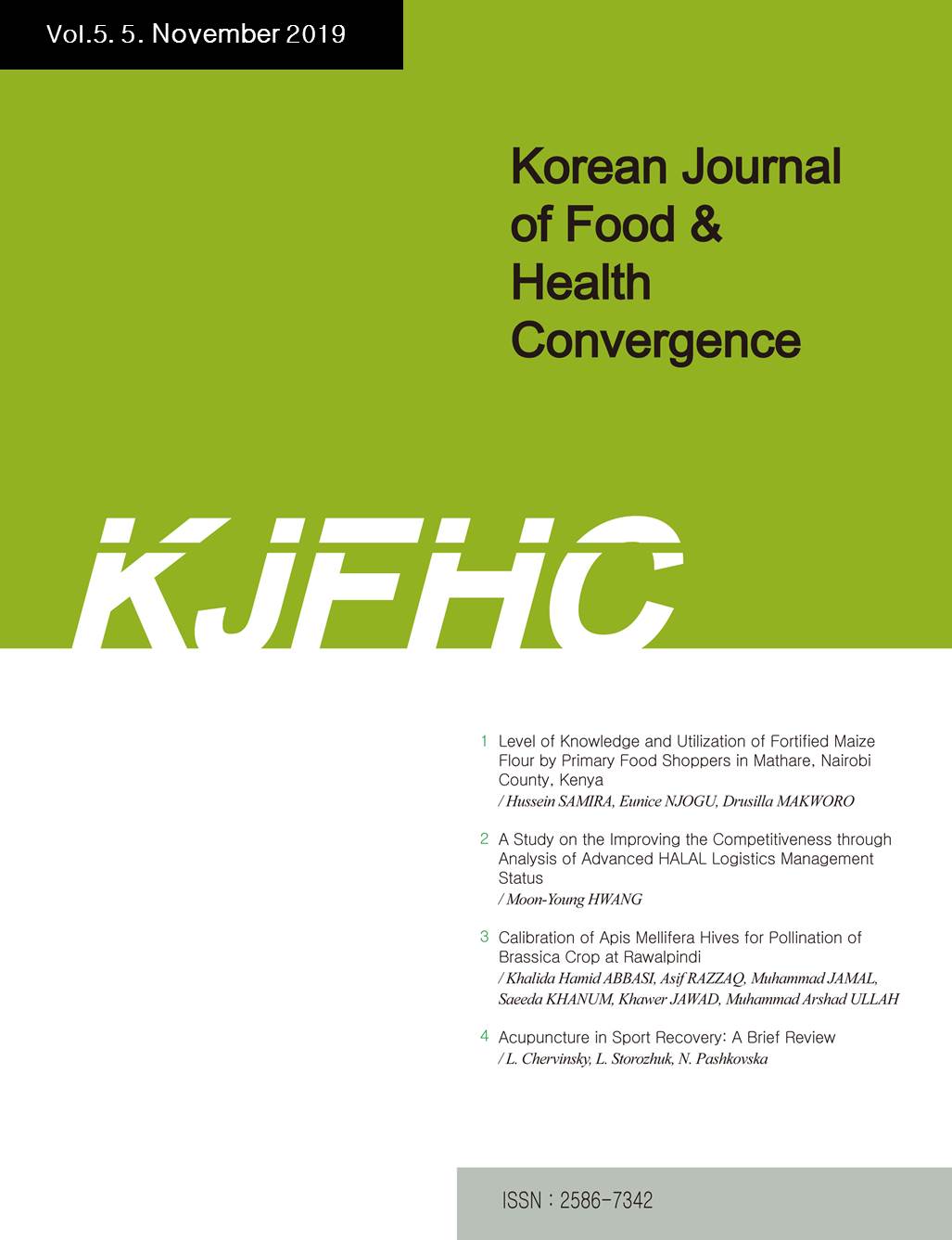 E-ISSN : 2586-7342
E-ISSN : 2586-7342
Ogbonnaya, C.I.
Ohazurike, N.C.
Abstract
Proximate analysis of Ipomea batatass L. grown in two different locations in Imo State were investigated. Standard soil analytical method was used to determine the physiochemical contents of the two soil sample collected from Mgbidi and Orji Ipomea batatass L. farm land. The soil sand from Ipomea batatass L. root in Orji farm recorded highest percentage value of 75.00% compared to the soil sand Ipomea batatass L. root in Mgbidi farm with 27.00% value. The percentage value of silt was different as the soil Ipomea batatass L. root in Mgbidi farm had high value of 29.40% while soil silt of Ipomea batatass L. root in Orji farm had 13.40%. The soil clay, pH, Phosphorus and Nitrogen from Ipomea batatass L. root in Mgbidi farm recorded highest percentage value of 43.60%, 5.7, 23.20 and 0.35 compared to the soil sand Ipomea root in Orji farm with 11.60%, 5.4, 16.70 and 0.09 value respectively. Ca, Mg, K, and Na analyzed followed the same trend as the soil from Ipomea root in Mgbidi farm had high percentage value of Ca (10.00), Mg (1.60), K (0.54) and Na (0.43) respectively. The systematic study of physiochemical of the Ipomea soils could help in understanding the nutritional composition, the basic characteristics of the soils and the constraints associated with the management of the soils from the two locations.
- keywords
- Proximate Analysis, Ipomea batatass, Different Zones
- Downloaded
- Viewed
- 0KCI Citations
- 0WOS Citations
